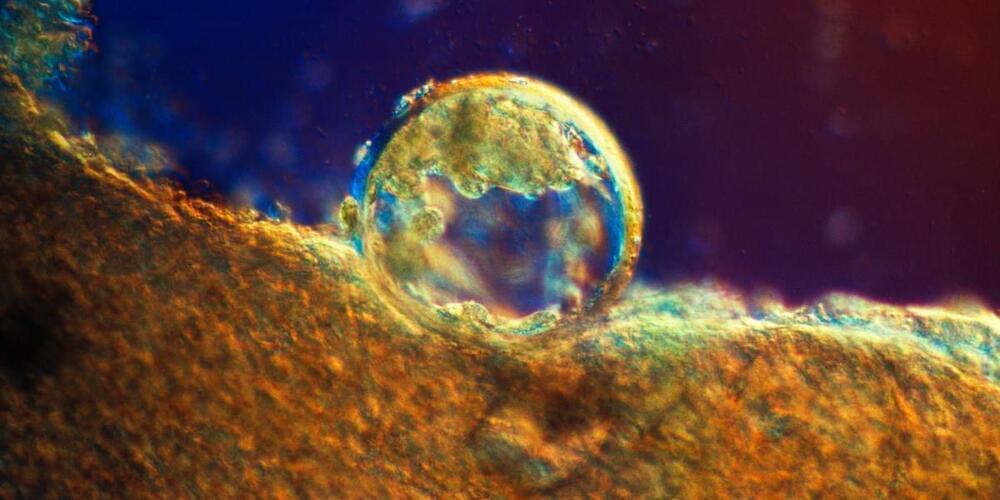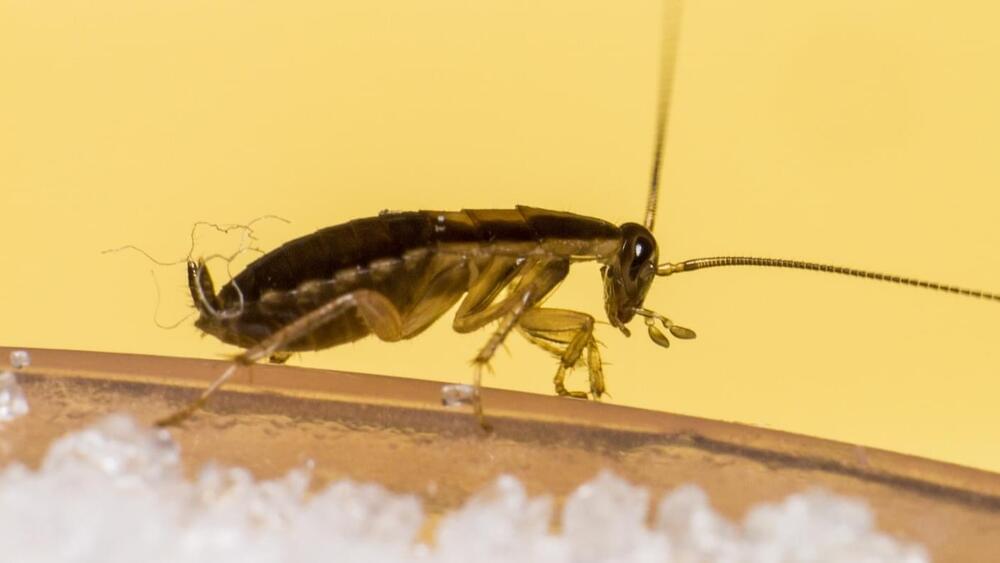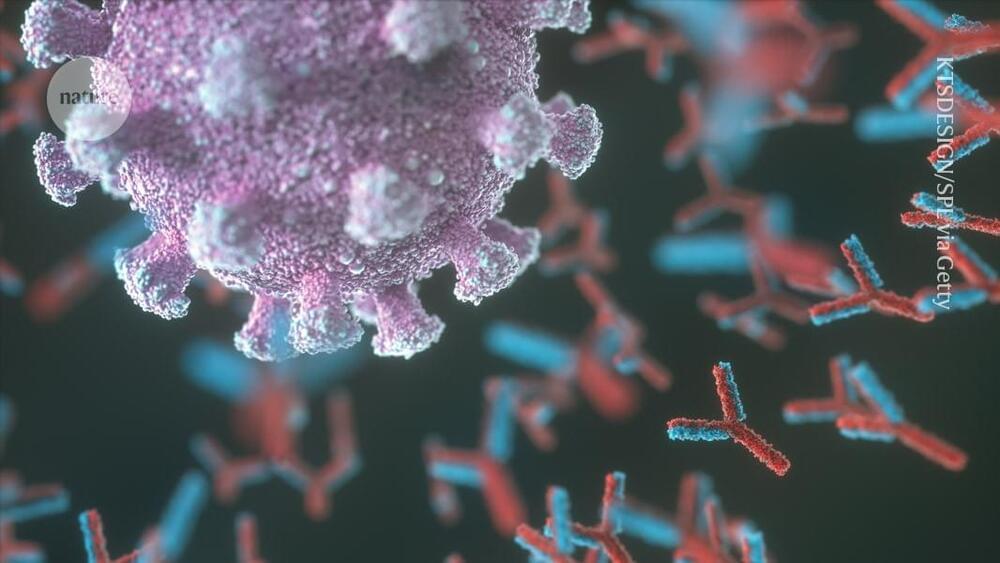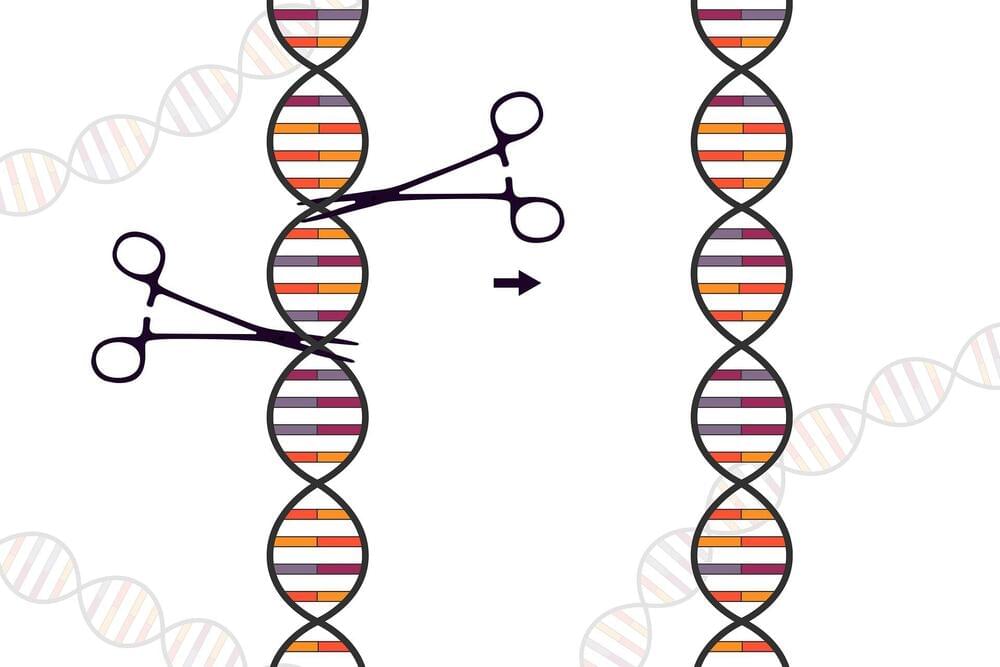Page 236
Dec 7, 2024
Donating embryos for research is surprisingly complex
Posted by Shubham Ghosh Roy in category: futurism
The UK is seen as a global leader in regulating reproductive technologies. Some worry that onerous paperwork is causing embryos to be wasted.
Dec 7, 2024
Whooping Cough and Newborns: How to Set Boundaries With Visitors
Posted by Shubham Ghosh Roy in category: futurism
Everyone wants to meet (and snuggle!) the new baby. How can parents let loved ones know precautions need to be taken so Baby doesn’t get sick?
Dec 7, 2024
Pygmy blue whales: Citizen scientists in Timor-Leste help research
Posted by Shubham Ghosh Roy in category: futurism
A thrifty study uncovers a wealth of data about one of the world’s largest and most elusive species.
Dec 7, 2024
Dodge maker developing lithium-sulfur EV batteries to boost range
Posted by Shubham Ghosh Roy in categories: energy, engineering, sustainability, transportation
Batteries made from waste and methane offer lower CO2 emissions than current technologies.
It’s also being claimed that the technology has the potential to improve fast-charging speed by up to 50%, making EV ownership even more convenient. Lithium-sulfur batteries are expected to cost less than half the price per kWh of current lithium-ion batteries, according to Stellantis.
The batteries will be produced using waste materials and methane, with significantly lower CO2 emissions than any existing battery technology. Zeta Energy battery technology is intended to be manufacturable within existing gigafactory technology and would leverage a short, entirely domestic supply chain in Europe or North America, according to a press release.
Continue reading “Dodge maker developing lithium-sulfur EV batteries to boost range” »
Dec 7, 2024
Understanding neonatal brain injury proteinopathy: Implications for adult-onset neurodegenerative disease
Posted by Shubham Ghosh Roy in categories: biotech/medical, neuroscience
Understanding neonatal brain injury — can it teach us about adult-onset neurodegenerative disease?
Dec 7, 2024
Automated Cyborg Cockroach Factory Could Churn Out a Bug a Minute for Search and Rescue
Posted by Jose Ruben Rodriguez Fuentes in categories: cyborgs, energy, robotics/AI
Envisioning armies of electronically controllable insects is probably nightmare fuel for most people. But scientists think they could help rescue workers scour challenging and hazardous terrain. An automated cyborg cockroach factory could help bring the idea to life.
The merger of living creatures with machines is a staple of science fiction, but it’s also a serious line of research for academics. Several groups have implanted electronics into moths, beetles, and cockroaches that allow simple control of the insects.
However, building these cyborgs is tricky as it takes considerable dexterity and patience to surgically implant electrodes in their delicate bodies. This means that creating enough for most practical applications is simply too time-consuming.
Dec 7, 2024
Virtual lab powered by ‘AI scientists’ super-charges biomedical research
Posted by Dan Kummer in categories: biotech/medical, robotics/AI
Dec 7, 2024
Serious side effect of using CRISPR-Cas gene scissors uncovered: AZD7648 molecule can destroy parts of genome
Posted by Dan Kummer in categories: bioengineering, biotech/medical, food, genetics
Its a problem, but im sure ASI by 2035 will solve for a way to use a Crispr type tool with zero unintended alterations. Look for a way to use w/ out alterations in meantime, but worst case ASI will solve it.
Genome editing with various CRISPR-Cas molecule complexes has progressed rapidly in recent years. Hundreds of labs around the world are now working to put these tools to clinical use and are continuously advancing them.
CRISPR-Cas tools allow researchers to modify individual building blocks of genetic material in a precise and targeted manner. Gene therapies based on such gene editing are already being used to treat inherited diseases, fight cancer and create drought-and heat-tolerant crops.
Dec 7, 2024
OpenAI’s New Ad Shows ‘Reasoning’ AI Making Basic Errors
Posted by Jeremy Dylan Batterson in categories: robotics/AI, space
“AI” AS THE MODERN VERSION OF BELEIF IN A MAGICAL ALCHEMY. Although widely promoted as being possible, it grows increasingly ridiculous the more that complexity is added. This means a gigantic market bubble is building up for a tremendous burst, UNLESS, the obvious is done: simply treat it as any other useful human-created tool, such as a hammer, a screw driver, or an airplane. Are screw drivers going to rise up and threaten humanity? It is not physically possible in the real physical universe that “ai”, or any other human-created tool, will ever pose a danger to humanity. It CAN be misused by humans, but cannot of its own non-existent will decide to be a danger. It is high time to stop being afraid of the modern version of non-existent ghosts and goblins, otherwise known as “ai.” Stop scaring little boys and girls with superstitious monster stories and, instead, tell them what a wonderful new tool we now have! Like any tool, it increases the degree of freedom and power of the human mind to intervene in the universe. If we want a real “ai”, that will come from our speeding up the evolution of intelligent animals such as octopuses and seeding them on places like the oceans of Europa, the moon of Jupiter.
A demo video shows OpenAI’s new o1 tool measuring liquids in inches.

















